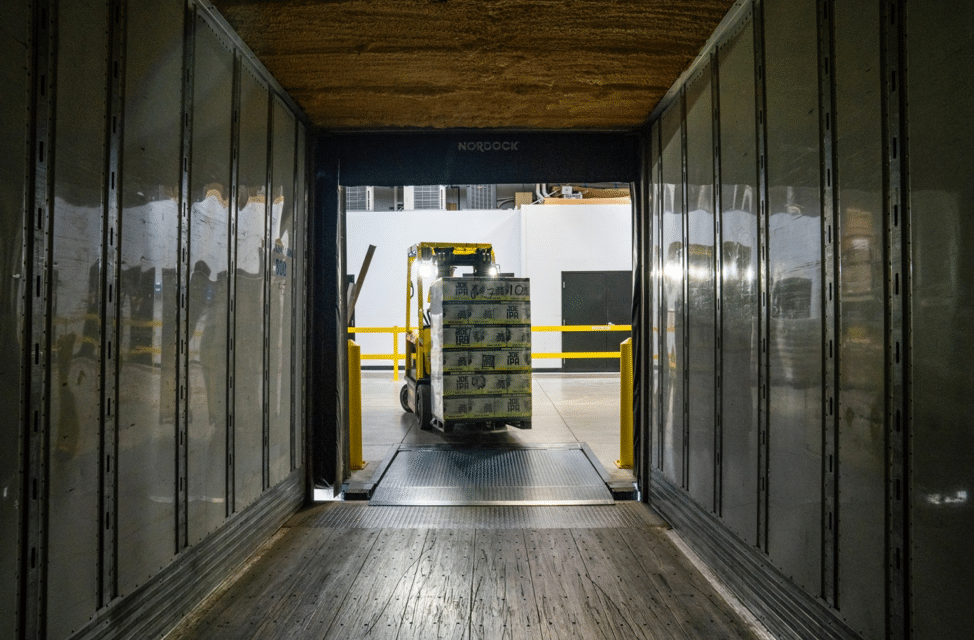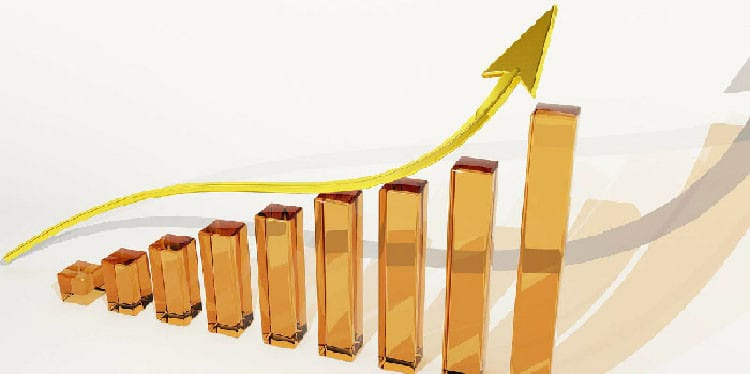Globalized industries are plagued by inefficiencies in procurement. Digitized e-Procurement is trying to stem the tide. Instead of the slow processes marked by multiple manual interventions, low spend transparency, and maverick buying, modern e-Procurement software is all about built-in efficiency measures that streamline the industry. Let’s look at how e-Procurement platforms are consolidating a scattered procurement IT landscape and using digitized solutions. Here are 4 automations in e-Procurement software that lead to cost savings.
1. Instantaneous Purchase Orders
Due to rampant maverick buying issues, procurement industry professionals are all familiar with the “No PO, No Pay” policy. An insistence on POs may have brought spend transparency to the forefront, but it also slows down the purchasing process. In an industry where prices are highly volatile and deals from suppliers can fall apart without a fast response, the ability to produce a PO quickly is invaluable.
Modern e-Procurement software fixes the problem created by strict adherence to PO protocol. Automation allows your purchasing team to create a digital PO and move from data input, pricing, and through to multi-level authorizations and delivery in quick succession. By automating the PO process, you gain digital helpers along the way:
- email/SMS notifications
- e-signatures in a single-click
With automated POs, the purchasing parameters are easy to set up. With standardized invoices, the workload for Accounts Payable decreases and rejections also dwindle, saving time. The digitized process also means that sensitive vendor data remains safe under the same cyber security protection of the e-Procurement system. Finally, instantaneous re-orders can be programmed and processed ahead of time in the system. No more lapses in supply. PO automation is a win-win for both parties and do a lot to create strong business relationships with suppliers.
2. Automated Authorizations
As mentioned above, authorizations are a typical spot where time lag takes a toll on the procurement process. With automated procure-to-pay (P2P) processes, these authorizations can also be streamlined by using digital e-Procurement solutions. Automated P2P integrates electronic or e-signature technology. This allows supervisors at every level to approve purchases within the e-Procurement platform where purchase orders are created and delivered from. With a single click, a PO can go up the ladder and out of the system in minutes. Drawing upon the record maintenance functionality, the system applies signatures to the documents as well as metadata tagging (name, approval time, location, etc.) so that authorizations can move forward while detailed records are maintained.
3. Other Business Process Management (BPM) Operations
Many business process management (BPM) operations in e-Procurement software do double duty. Built-in record-keeping functions can leverage the centralized repository and store data that gets used later.
For example, contract management solutions also handle major aspects of legal compliance. Reverse digital auctions can record vendor data for future at-a-glance supplier comparisons. Frustrations over billing and invoice processing are reduced because BPM offers consistency over time via automated versioning. Obviously automation push processes along faster, but digitized BPM in e-Procurement software also provide this kind of secondary efficiency benefits that save time and money further down the line.
4. Robot Process Automation (RPA)
Robotic process automation or RPA is the name for more complex automation “bots” that handle specific jobs. For example, some procurement departments have an RPA that handles supplier data intake. Large-scale processes like mass digital migration is also a good candidate for RPA since it can do volume conversions of paper and analog to digital records. RPA employs machine learning capabilities to make simple decisions based on past programming direction.
The cool thing about modern e-Procurement systems is that they have interfaces (APIs) to integrate RPA bots currently available on the market. A firm can implement an RPA for a single-use project or long-term use. As RPA technology advances, bots will likely be capable of streamlining more processes related to the procurement industry. For now, they are massive time-savers in the digital migration.
Over the past decade, streamlining in e-Procurement technology has been focused on realizing cost savings. Implementing the newest in technology makes business move faster and helps keep the supply chain moving. Improved efficiency by automating POs, authorizations, and other business process management operations is all about saving time and resources to benefit the bottom line. Whether it is BPM automation that ensures supply sourcing or the future possibilities of RPA co-innovation, streamlining procurement via automation is a growing trend. As remote working becomes more prevalent, e-Procurement software will adapt to accommodate such value-added trends as well
To keep an eye on e-Procurement software developments that are streamlining the industry, stay tuned to the ProcurePort blog with weekly posts and procurement industry news.










